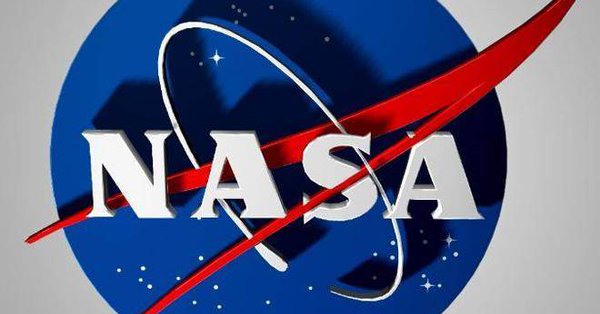NASA planet hunting probe shares first image

NASA's latest planet-hunting probe has beamed back its first science image, which captures a wealth of stars and other cosmic objects in the southern sky.
The Transiting Exoplanet Survey Satellite (TESS) sent back part of the data from its initial science orbit. The images were captured using all four of the spacecraft's wide-field cameras during a 30-minute period on August 7.
"In a sea of stars brimming with new worlds, TESS is casting a wide net and will haul in a bounty of promising planets for further study," said Paul Hertz, astrophysics division director at NASA Headquarters in Washington.
"This first light science image shows the capabilities of TESS' cameras, and shows that the mission will realise its incredible potential in our search for another Earth," said Hertz.
The black lines in the image are gaps between the camera detectors. The images include parts of a dozen constellations, from Capricornus to Pictor, and both the Large and Small Magellanic Clouds, the galaxies nearest to our own.
The small bright dot above the Small Magellanic Cloud is a globular cluster -- a spherical collection of hundreds of thousands of stars -- called NGC 104, also known as 47 Tucanae because of its location in the southern constellation Tucana, the Toucan.
Two stars, Beta Gruis and R Doradus, are so bright they saturate an entire column of pixels on the detectors of TESS's second and fourth cameras, creating long spikes of light.
"This swath of the sky's southern hemisphere includes more than a dozen stars we know have transiting planets based on previous studies from ground observatories," said George Ricker, TESS principal investigator at the Massachusetts Institute of Technology's (MIT) in the US.
TESS's cameras monitor large swaths of the sky to look for transits. Transits occur when a planet passes in front of its star as viewed from the satellite's perspective, causing a regular dip in the star's brightness.
TESS will spend two years monitoring 26 such sectors for 27 days each, covering 85 per cent of the sky. During its first year of operations, the satellite will study the 13 sectors making up the southern sky.
Then TESS will turn to the 13 sectors of the northern sky to carry out a second year-long survey.
TESS builds on the legacy of NASA's Kepler spacecraft, which also uses transits to find exoplanets. TESS's target stars are 30 to 300 light-years away and about 30 to 100 times brighter than Kepler's targets, which are 300 to 3,000 light-years away.
The brightness of TESS' targets make them ideal candidates for a follow-up study with spectroscopy, the study of how matter and light interact.
(This story has not been edited by Devdiscourse staff and is auto-generated from a syndicated feed.)
ALSO READ
Congressman Sherman praises PM Narendra Modi for transforming India's image and boosting development and economy
WIDER IMAGE-The losing battle against Greece's tumbling birthrate
Neutral Switzerland joins European Sky Shield defence project
At least one injured at oilseeds plant explosion in southern France
Russian air strikes damage electric system in southern Ukraine










